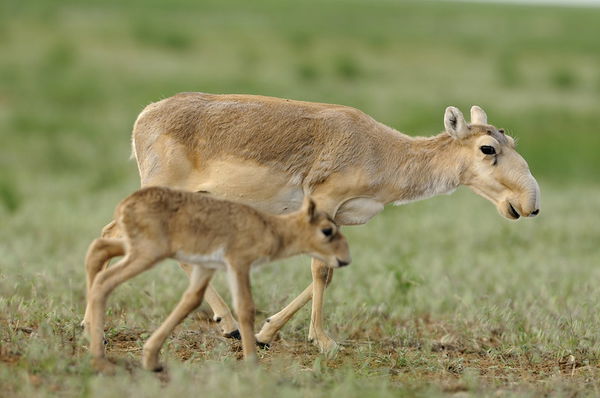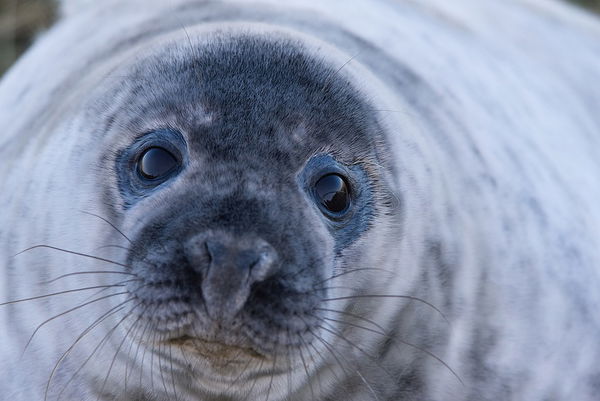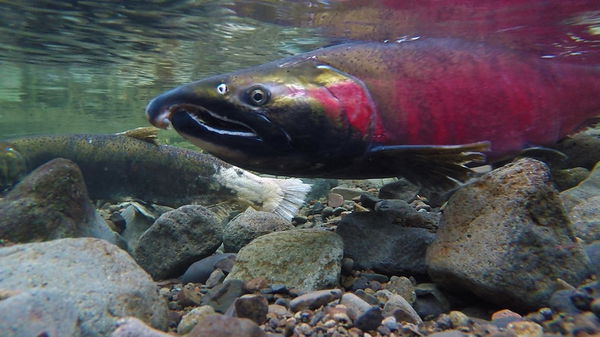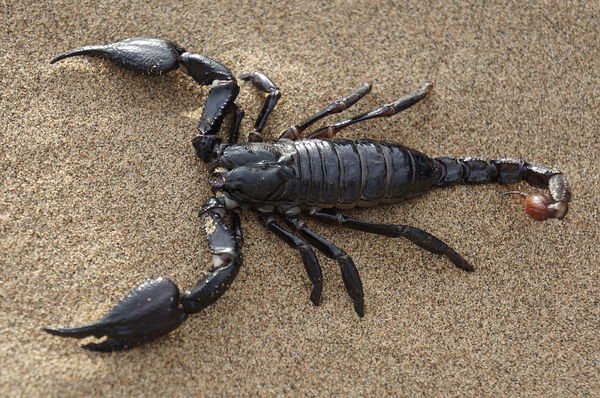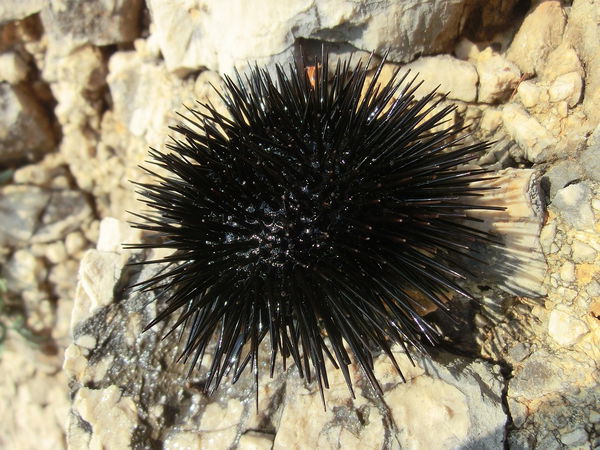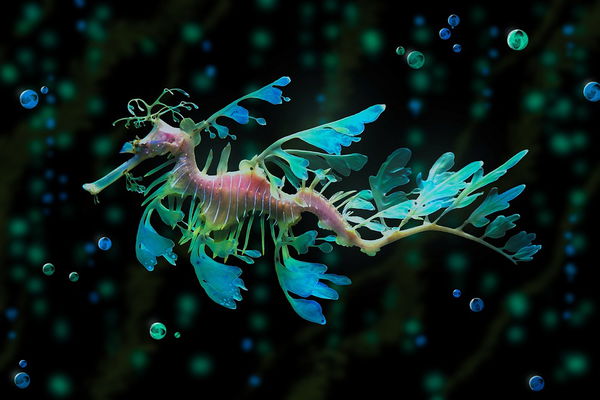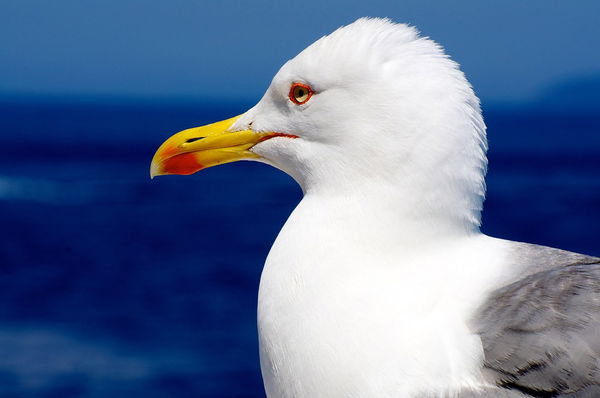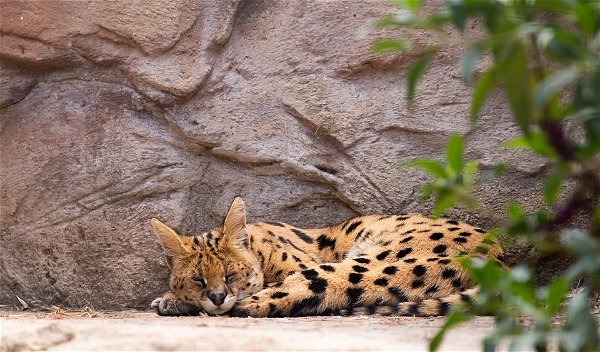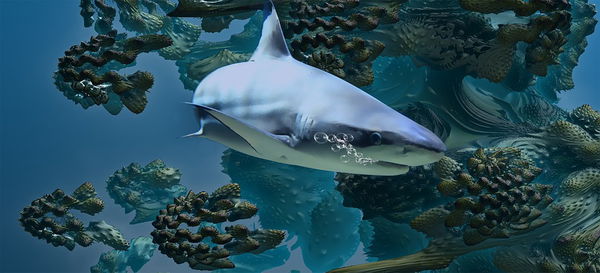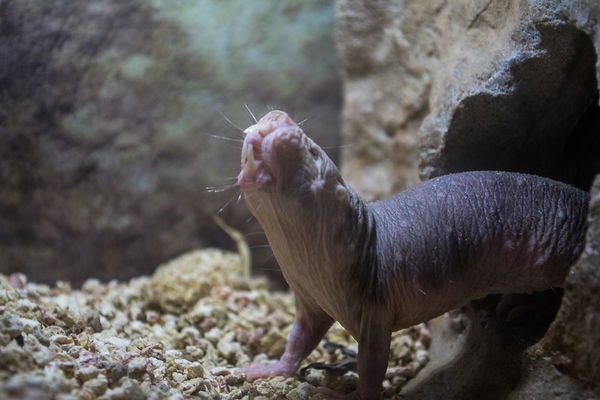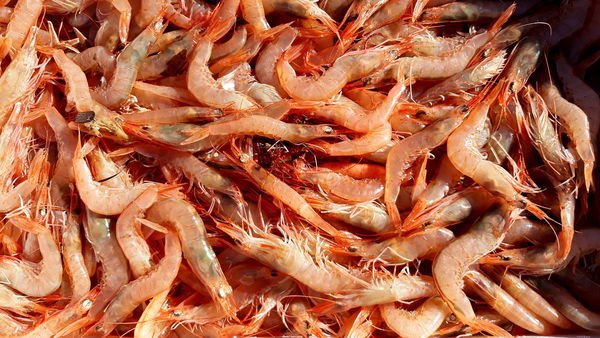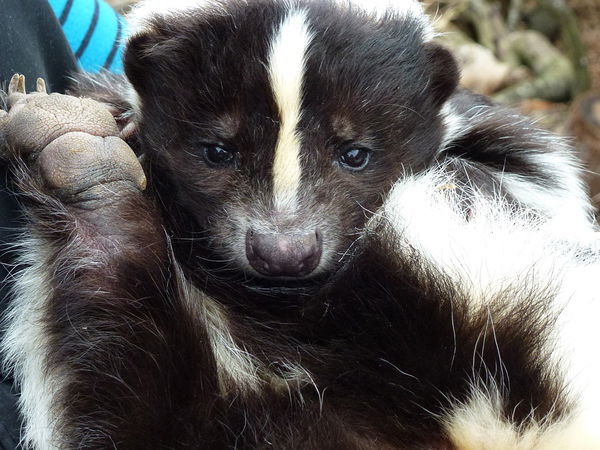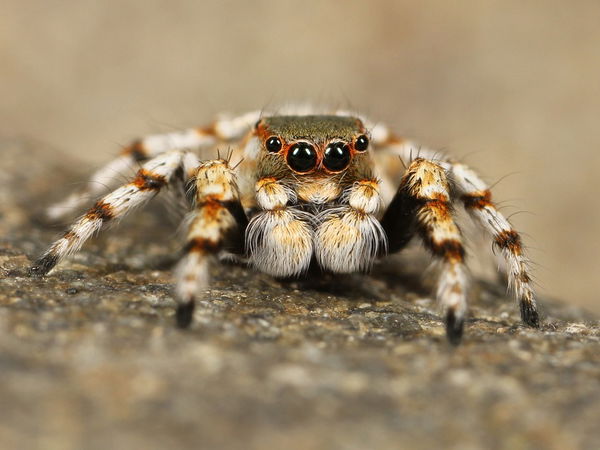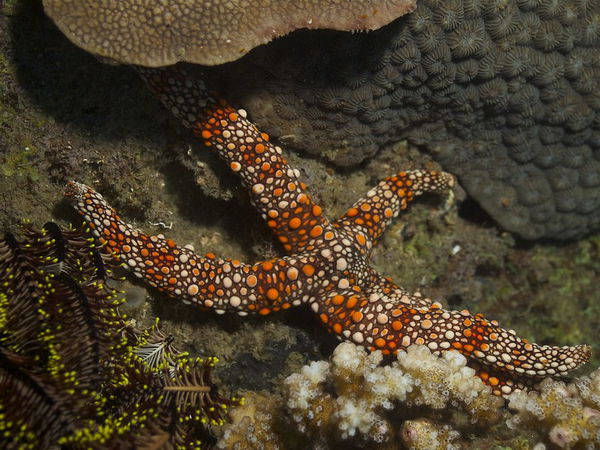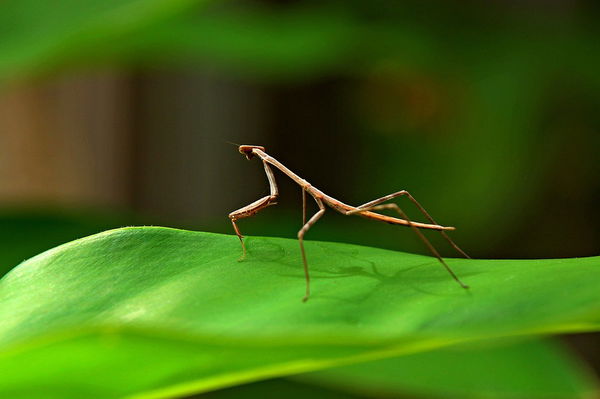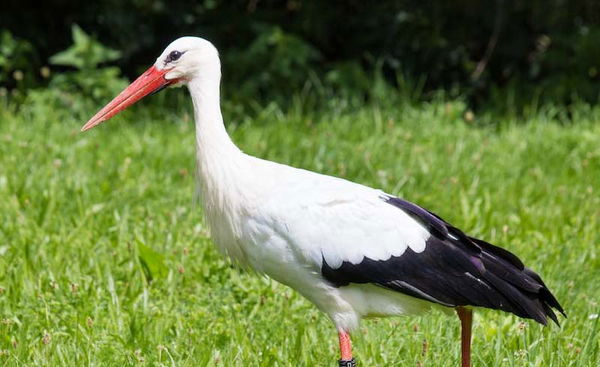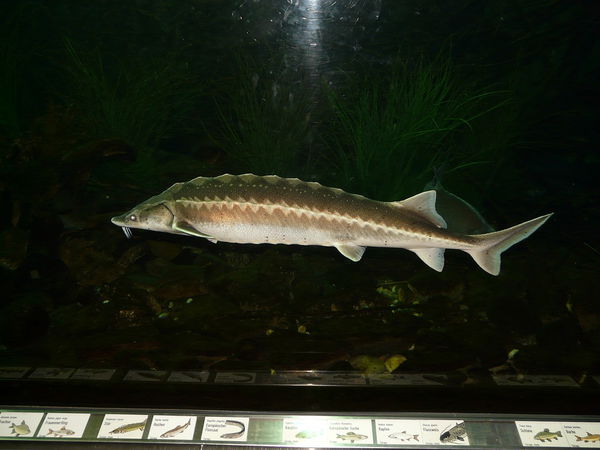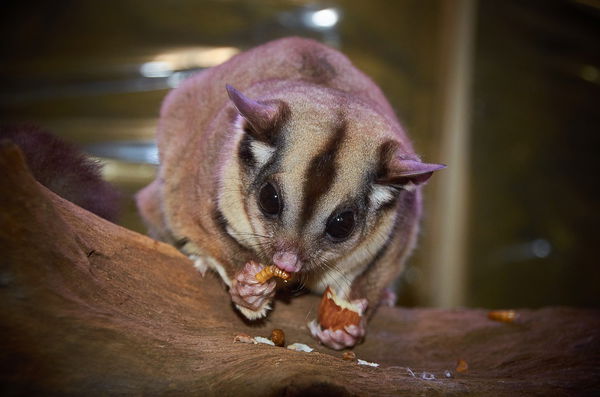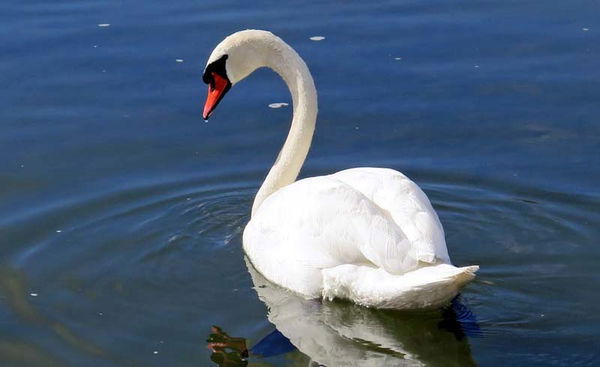The saiga (Saiga tatarica) is a species of antelope that inhabits the steppes of Eurasia, from Russia to Mongolia. It is characterized by its protruding nose, which serves to warm the cold and dry air before it reaches its lungs, thus avoiding dehydration. The saiga has a stocky body and thick, light brown fur. They can be up to 80 cm tall and weigh up to 70 kg. Their diet consists of herbs, flowers, and shrubs.
Unfortunately, the saiga has been the victim of poaching and the loss of its natural habitat, which has led to a drastic decline in its population. In 2015, an infectious disease in Kazakhstan's saiga populations killed more than 60% of the animals in a matter of days, further exacerbating their critical conservation status.
The saiga is an important animal in the ecology of its habitat, as it helps maintain the balance of steppe ecosystems and is a source of food for predators in the area. Currently, conservation efforts are underway to protect the saiga and its natural habitat.
